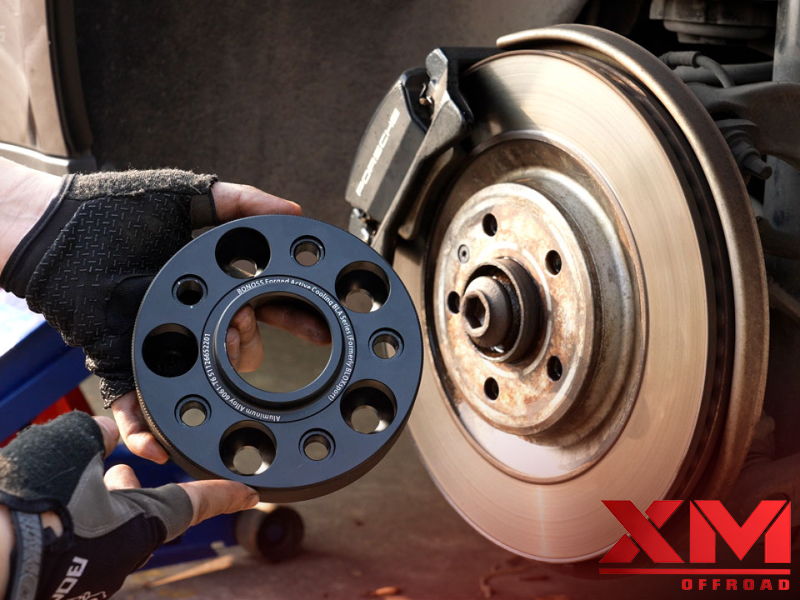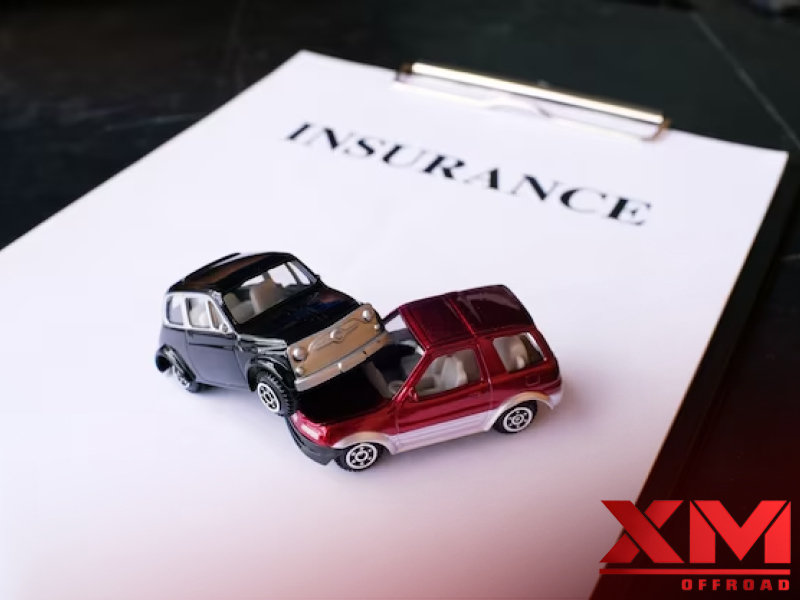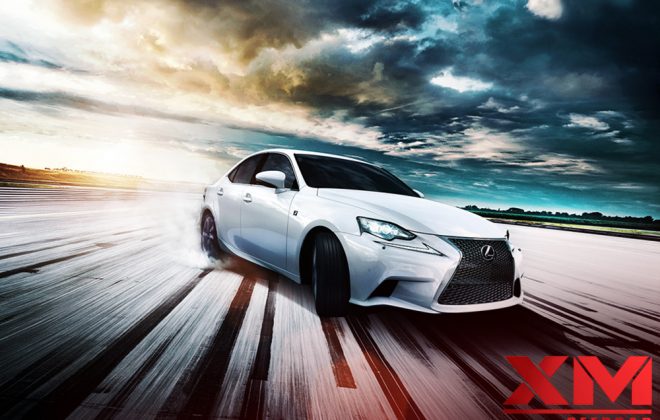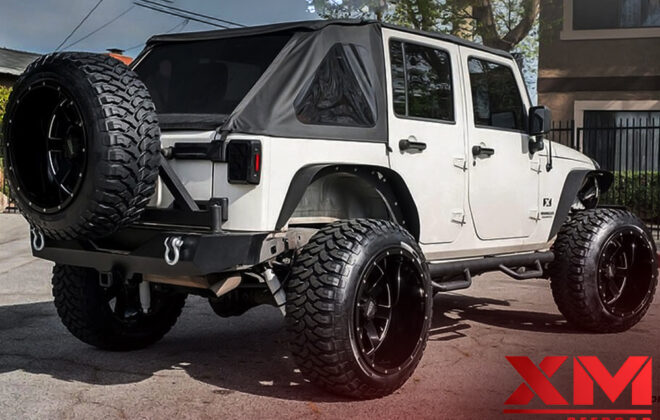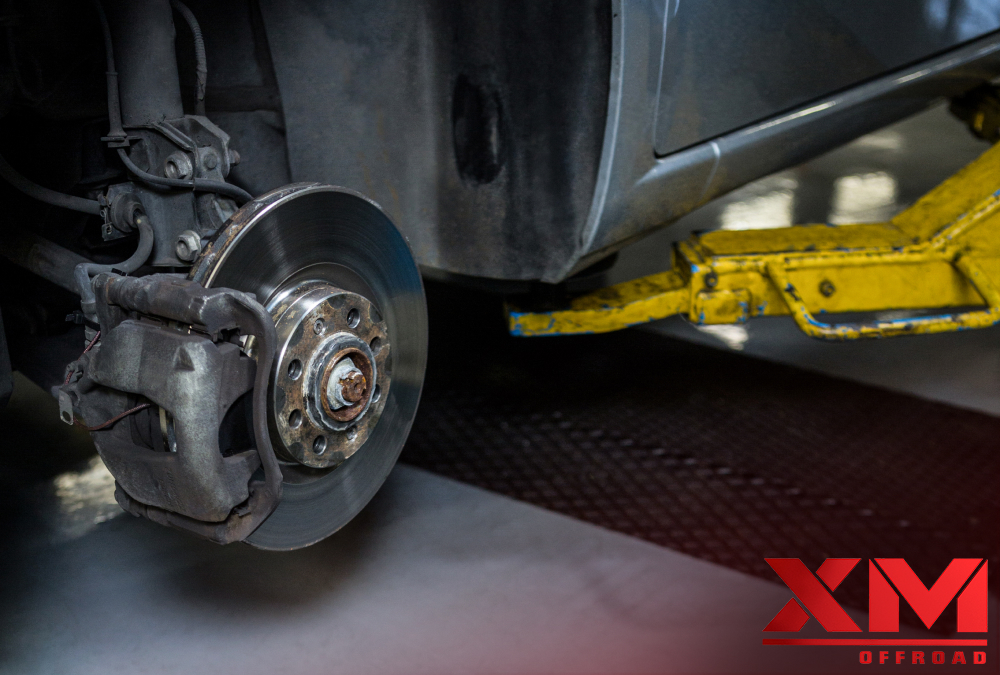
4 Important Arguments Against Using Wheel Spacers in Your Vehicle
Wheel spacers are aftermarket components designed to increase a vehicle’s track width by pushing the wheels further away from the hub. They have gained popularity among car enthusiasts and owners looking to achieve a more aggressive stance or improve handling. While they might seem like a simple and inexpensive way to enhance the appearance and performance of your vehicle, there are significant drawbacks and risks associated with using wheel spacers. This article will explore four important arguments against using wheel spacers in your vehicle.
What are Wheel Spacers?
Wheel spacers are aftermarket parts used in vehicles to create extra space between the wheel hub assembly and the wheel itself. They are typically made of metal, such as aluminum or steel, and come in various thicknesses. The main purpose of wheel spacers is to push the wheels farther away from the vehicle’s body and suspension components. Doing so increases the track width, the distance between the centerlines of the left and right wheels on the same axle.
-
Scrub Radius
The scrub radius refers to the distance between where the steering axis intersects the road surface and the center of the tire’s contact patch with the road. The point of intersection is inside the contact patch (positive scrub radius), it can result in more responsive steering. Still, it might increase steering effort and potential feedback over bumps. If the point of intersection is outside the contact patch (negative scrub radius), it can make the steering less responsive and might cause steering pull and instability. Adding wheel spacers will push the wheels outward from the vehicle’s hub assembly, effectively widening the track width. It can impact the scrub radius in the following ways:
Increasing Negative Scrub Radius
If your 30 inch staggered wheels car already has a positive scrub radius, adding wheel spacers can move the steering axis closer to the center of the tire’s contact patch, resulting in a more negative scrub radius. It might improve steering response but could increase the sensitivity to road irregularities, leading to increased steering effort.
Decreasing Positive Scrub Radius
If your car has a negative scrub radius, adding wheel spacers can move the steering axis away from the center of the tire’s contact patch, reducing the scrub radius. It could improve stability and reduce steering effort, making the steering less responsive. It’s essential to consider that altering the scrub radius can affect the vehicle’s handling characteristics and interact with other suspension parameters. Modifying the scrub radius through wheel spacers can influence the suspension geometry. Maintaining optimal handling and tire wear might require further adjustments, such as realignment or other suspension modifications.
-
Wheel Bearings and Suspension Stress
Wheel spacers create additional leverage on the wheel bearings, hub, and suspension components. The extra stress on these parts can lead to premature wear and tear, ultimately causing critical failures. Over time, the excessive load on the bearings may lead to them wearing out faster, putting the driver and passengers at risk of a sudden wheel detachment, particularly during high-speed driving or cornering.
Potential for Wheel Stud Failure
Wheel spacers require longer wheel studs to accommodate the added distance between the wheel and the hub. These extended studs are often less strong than the factory-installed ones, carefully engineered to withstand various forces and stress. As a result, the potential for wheel stud failure increases when using wheel spacers, leading to wheel detachment and posing a grave safety hazard.
Impact on Vehicle Stability and Handling
The increased track width from wheel spacers can significantly alter the vehicle’s center of gravity. This change can negatively affect the vehicle’s stability, especially during sudden maneuvers or emergencies. The altered handling dynamics can lead to loss of control and increase the risk of accidents.
-
Voiding Manufacturer’s Warranty
Using wheel spacers can void your vehicle’s manufacturer warranty. Most vehicle warranties are voided if the vehicle’s original specifications are altered or aftermarket components, such as wheel spacers, are installed. If a failure occurs and it is linked to the use of wheel spacers, the manufacturer will not be liable for repairs or replacements, leaving the owner to bear the financial burden.
-
Legal and Insurance Implications
Using wheel spacers can have legal and insurance implications. Many countries and states have regulations regarding vehicle modifications. Installing wheel spacers exceeding legal limits can result in fines, vehicle impoundment, or even a loss of driving privileges. Moreover, insurance companies might refuse to cover accidents or damages caused by vehicles with illegal modifications, including wheel spacers. Insurance companies can also use the presence of wheel spacers as a reason to deny claims, arguing that the modifications contributed to the accident or its severity. It leaves the vehicle owner responsible for all costs related to the accident, which can be financially devastating.
The wheel spacer effect can lead to several potential benefits and drawbacks:
Wheel Spacers Benefits
- Increasing the track width can enhance the vehicle’s stability and cornering performance. The wider stance provides more stability during turns, reducing body roll and improving overall handling characteristics.
- Some car enthusiasts install wheel spacers for cosmetic reasons. Wider wheels give the vehicle a more aggressive and sporty look.
- Wheel spacers can create extra space between the wheel and the brake components, allowing larger brake calipers and rotors to be installed.
Wheel Spacers Drawbacks
- Widening the track width can affect the suspension geometry, potentially leading to uneven tire wear and changes in handling characteristics.
- Wheel spacers may place additional stress on wheel bearings, studs, and other suspension parts, possibly leading to premature wear.
- In some regions, the use of wheel spacers may be subject to specific regulations and could void certain parts of the vehicle’s warranty.
- Incorrectly installed or poorly manufactured wheel spacers could compromise the integrity of the wheel assembly, leading to accidents or wheel detachment.
Final Thoughts
While wheel spacers may seem tempting to improve your vehicle’s appearance and handling, their risks and drawbacks outweigh the potential benefits. Compromised vehicle safety, warranty voiding, and legal and insurance implications are important arguments that cannot be ignored. It’s crucial to prioritize the safety of yourself and others on the road and respect the manufacturer’s design and engineering choices. To enhance your vehicle’s appearance or performance, consider safer and approved alternatives provided by reputable aftermarket manufacturers or consult a professional mechanic or automotive specialist to explore viable options. Ultimately, making informed decisions and prioritizing safety should always be the top priority when modifying your vehicle.
Read Also: Enjoy New Adventure: Toyota FJ on Fuel Wheels Off-Roading!
FAQs
Q1) 2-inch Spacers—are They Bad?
2-inch wheel spacers are quite safe and won’t vibrate if put correctly. It is advised that you get the installation of your wheel spacers done at a reputable wheel shop. The lug nuts must be torqued correctly to ensure safety.
Q2) Do Spacers Slow Down Your Car?
Wheel spacers won’t cause your car to slow down. People believe that spacers slow down your car because they add weight. Modern manufacturing techniques have made it feasible to make high-quality wheel spacers as light as possible while still preserving their high strength. The extra weight may be insignificant.
Q3) Are Larger Tires Permitted with Spacers?
Wheel spacers provide a practical role as well. Wheel spacers provide extra room to upgrade your wider tire if you wish to run a wider tire for better traction on the track. RWD vehicles with wide drag radials frequently have spacers installed to accommodate the largest tire possible.

